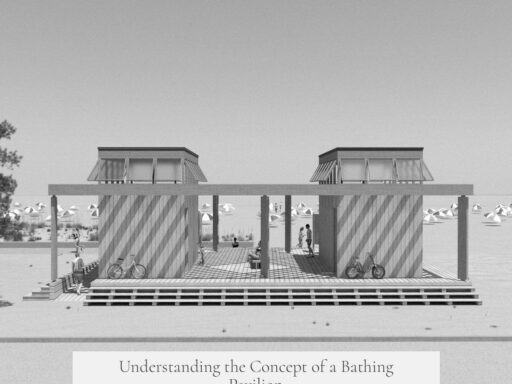Ättestupa, often understood as a ritual involving elderly individuals leaping from cliffs to end their lives, is not an authentic historical ritual but a concept invented in Early Modern times. The term itself simply refers to a particular type of cliff associated with the elderly in Scandinavian legend, not to any widespread or traditional practice of ritual senicide.
The word “ättestupa” is a Swedish creation coined in 1664 by antiquarian Olof Verelius and his Icelandic collaborator Jonas Rugman. They introduced it during their translation of the medieval Icelandic saga, Gautreks Saga. This term is a direct translation (calque) of the Old Norse word ætternisstapi, found exclusively in that saga. Prior to Verelius’ use, neither the word nor the concept appeared in Old Norse literature, place names, or historical accounts. There is no archeological or documented evidence supporting ritual senicide under this name or practice elsewhere in Old Norse tradition.
The Gautreks Saga itself dates from the late 13th century and belongs to the Legendary Sagas (Fornaldarsögur). These sagas intertwine myth and history, focusing on distant, vaguely defined Scandinavian pasts. The saga borrows elements like names and locations from other Icelandic sources, such as Ynglinga Saga, which modern historians consider mostly fictional rather than factual. Even in the 19th century, scholars like Adolf Noreen dismissed Gautreks Saga as a reliable source. Therefore, its contents—including the story of the cliff called ætternisstapi—are regarded as fictional rather than historical fact.
Within the saga, the ætternisstapi is not portrayed as a widespread cultural practice but rather as a particular cliff at a mountain named Gillingshamarr in Götaland, a historic region in Sweden. The story describes this cliff as a localized or even singular location rather than a symbol of a common ritual. The saga clarifies this point by narrating that king Gauti learns about this custom from others, indicating it as an unusual or exceptional practice even in mythic terms.
A linguistic analysis casts further doubt on the cliff’s existence. The name Gillingshamarr derives from Old West Norse terms—gil (gully) and hamarr (steep mountain/cliff)—which do not align with Old East Norse dialects used in Götaland. Old East Norse likely lacked a cognate for gil, and while hamarr variants exist in Swedish place names, their meanings differ and typically do not imply a sheer cliff. No historical or geographical records confirm a mountain named Gillingshamarr. This mismatch suggests the name came from the Icelandic author of the saga who may have been unaware of local linguistic nuances, further signaling creative invention rather than historical documentation.
Verelius deserves credit for popularizing the concept of ättestupa as a general practice in Scandinavian cultural memory. By the 19th century, numerous tall cliffs in Sweden acquired the name ättestupa or variants like ättestupan. Currently, there are about sixteen locations officially named after this concept. However, none of these names predate Verelius’ translation, indicating that the idea was retroactively applied based on his explanation. The phenomenon resembles certain historical myths created or embellished by antiquarians and historians in the 17th-19th centuries, often without strong factual basis.
This historical context parallels other folklore where antiquarian misinterpretations caused local legends. For example, the rune stone Sö 175 was mistakenly linked to an individual named Gisle by 18th-century scholar Olof von Dalin, spawning false ancestral traditions. Likewise, the idea that berserkers consumed hallucinogenic mushrooms, proposed by Samuel Ödmann in 1784, remains debated today. These examples highlight how scholarly conjecture can evolve into accepted folklore over time without solid evidence.
In sum, the ättestupa is a thoroughly fabricated concept without grounding in medieval or Viking Age practices. It originates from a 17th-century scholarly invention rather than authentic Nordic tradition. Modern legends and place names connected to it reflect later cultural storytelling rather than real historical events.
- Ättestupa is not a ritual but a term for a mythical cliff introduced in 1664 by antiquarian Olof Verelius.
- The term derives from a unique Icelandic saga, Gautreks Saga, which is fictional, late-composed, and unreliable as history.
- There is no archaeological or historical evidence supporting ritual suicide from cliffs in Old Norse culture.
- The supposed cliff “Gillingshamarr” does not exist and is linguistically implausible in Swedish dialects.
- 19th-century folklore about ättestupa cliffs results from Verelius’ invention being localised and popularized later.
- Ättestupa belongs to Early Modern mythmaking, not to actual medieval or Viking Age Scandinavian traditions.




